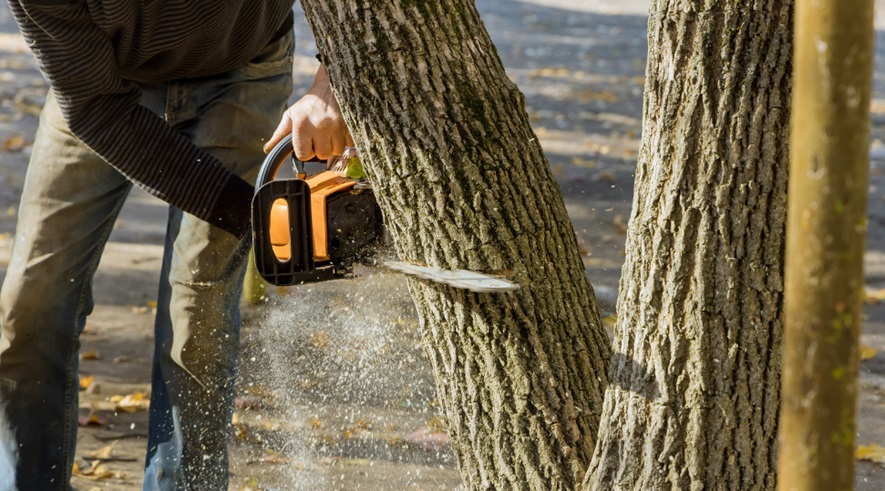Maintaining the health and safety of your property involves recognizing when it’s time for tree removal in Alpharetta. Ignoring the warning signs can lead to hazardous situations and potential damage. Below are critical signs that indicate it might be time to consider removing a tree.
Dead or Dying Trees
One of the most obvious signs that a tree needs to be removed is if it is dead or dying. A dead tree can be a severe safety hazard, as it may fall unexpectedly and cause significant damage to property or injure someone. Signs of a dying tree include brittle bark, yellowing leaves, and limited growth. Regular inspections ensure that you catch these signs early.
Presence of Disease
Diseased trees also pose significant risks. Various fungal infections, infestations of pests like termites, and bacterial diseases can weaken a tree’s structure. If a tree shows signs of disease – such as discolored leaves, unnatural growth patterns, or fungal growth on the trunk or branches – it is advisable to consult a tree care professional.
Structural Complications
Roots that disrupt sidewalks, lean significantly to one side, or have large cracks in the trunk are all red flags. Structural issues can compromise the tree’s stability, increasing the risk of it falling. When roots extend into underground utility lines, it complicates removal, making professional intervention even more critical.
Proximity to Power Lines
Trees growing too close to power lines can be extremely dangerous. This proximity not only risks electrical outages but can also lead to fires. Careful pruning might sometimes mitigate the danger, but in some cases, complete removal is the safest option.
Large Dead Limbs
Large dead branches hanging overhead are an imminent threat. Heavy limbs can break off without warning, especially during storms, resulting in property damage or personal injury. Regular pruning of dead branches can alleviate some risk, but extensive deadwood may indicate that the entire tree is compromised.
Impact on Property Value
Sometimes, trees can obstruct scenic views or inhibit the growth of other plants or lawns. Removing such trees might enhance the property’s aesthetic appeal and increase its market value. This consideration is especially true for overgrown trees that overshadow homes, gardens, or other landscaping elements.
Steps to Take if Tree Removal is Necessary
Once the need for tree removal is identified, taking prompt and appropriate action is crucial. Consulting a professional arborist ensures that the tree is removed safely and efficiently. Additionally, an arborist can offer valuable insights into the health of other trees on your property, potentially averting future issues. Understanding the risks associated with neglecting tree removal helps maintain a safe and aesthetically pleasing environment.
Conclusion
Recognizing the signs that indicate it’s time for tree removal is crucial for maintaining safety and overall property health. Whether it’s due to disease, structural issues, or simple aesthetics, timely removal of problematic trees can prevent much larger issues down the line. Always consult with a professional to ensure that all work is carried out safely and effectively. If you think you might need tree removal, don’t hesitate to reach out to a local tree care service for a consultation.


